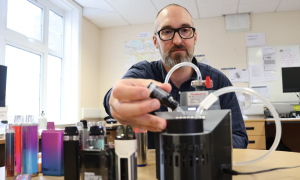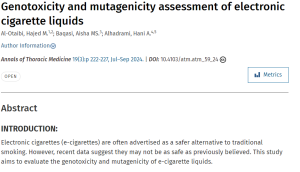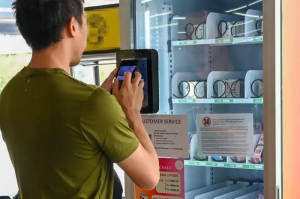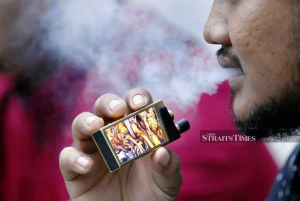- Briony Marshman
- Katharina Wolf
- Kahlia McCausland
- Mike Daube
- Jonine Jancey
Correspondence to Professor Jonine Jancey, Collaboration for Evidence, Research and Impact in Public Health, School of Population Health, Curtin University, Perth, WA 6102, Australia; [email protected]
Abstract
Objective Corporate social responsibility activities, such as third-party awards, provide an opportunity for tobacco companies (TCs) to promote themselves as socially, economically and environmentally responsible organisations. This study aimed to determine how TCs are using third-party awards to frame themselves and their core activities via company-controlled communication channels.
Methods TC-owned media coverage promoting third-party awards was identified from company-owned media channels, including websites, reports, press releases and Twitter. Using framing theory and thematic analysis, frames and broader themes were identified using a process of inductive coding.
Results TC-produced media content promoting third-party awards framed the companies as socially and environmentally responsible organisations, which excel at business and are innovative and transformative. Dominant frames identified included excellent workplace culture, championing diversity and inclusion and action on the environment.
Conclusion TCs are capitalising on the perceived credibility and objectivity of third-party awards using these ‘honours’ as a promotional strategy to justify their continuing role in society and enhance their perceived legitimacy in relation to claims of ethical and responsible behaviour. The results of this study have implications for tobacco control advocacy, as continuing to allow the promotion of these awards appears to contravene or conflict with the WHO Framework Convention on Tobacco Control.
Data availability statement
Data are available upon reasonable request. The study data are available upon request to the lead researcher.
http://dx.doi.org/10.1136/tc-2022-057854
Source: BMJ Journals










